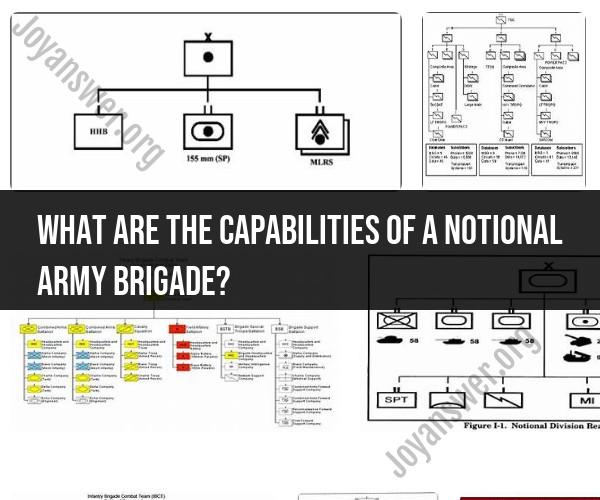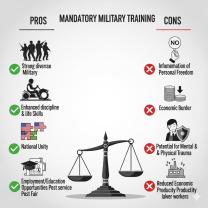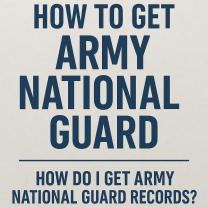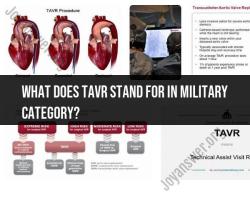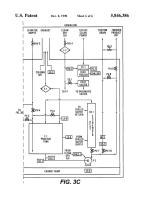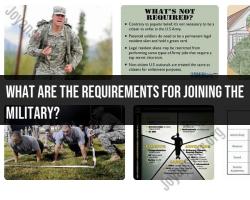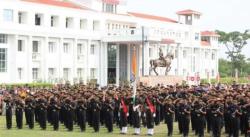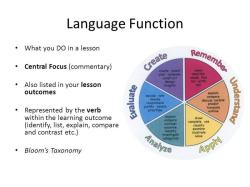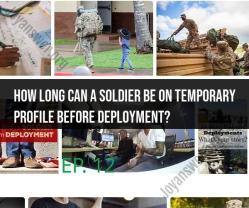What are the capabilities of a notional Army Brigade?
A notional Army brigade refers to a hypothetical or conceptual military unit created for training, planning, or illustrative purposes. The capabilities and functions of a notional Army brigade can vary depending on its intended role, but it typically mirrors the structure and capabilities of a real-world Army brigade. Here are some common capabilities and functions of a notional Army brigade:
Combat Operations: A notional Army brigade can simulate various combat operations, including offensive actions like attacks and advances, defensive operations, and stability and support operations. It can be used to develop and evaluate tactics, techniques, and procedures (TTPs) for real-world scenarios.
Combined Arms: The brigade typically consists of a mix of combat arms and combat support units, such as infantry, armor, artillery, engineers, and aviation elements. It can conduct combined arms operations, which involve coordinating different branches to achieve military objectives.
Command and Control: A notional brigade can practice command and control functions, including mission planning, coordination, communication, and leadership at various levels, from the brigade headquarters down to individual units.
Training: Notional brigades are often used for training purposes. They can serve as opposing forces (OPFOR) during military exercises, allowing other units to train against a simulated adversary. They can also be used for training leadership, staff officers, and soldiers in different roles.
Force Projection: A notional brigade can be part of a larger force projection exercise, where it demonstrates the ability to rapidly deploy and conduct military operations in different geographical areas. This helps assess the brigade's readiness for real-world deployments.
Logistics and Sustainment: Logistics and sustainment units within the notional brigade can simulate the planning and execution of logistics operations, such as supply, maintenance, medical support, and transportation.
Intelligence and Reconnaissance: The brigade can conduct intelligence and reconnaissance operations to gather information on the enemy and the operational environment. This includes collecting and analyzing intelligence, conducting surveillance, and reconnaissance missions.
Civil-Military Operations: In stability and support operations scenarios, a notional brigade can practice civil-military operations (CMO) to interact with local populations, provide humanitarian assistance, and support civil authorities.
Specialized Units: Depending on the scenario, a notional brigade may include specialized units like special forces, chemical, biological, radiological, and nuclear (CBRN) response teams, or cyber warfare units to address specific threats or mission requirements.
Adaptability: One of the key capabilities of a notional brigade is its adaptability. It can be tailored to suit different mission profiles, theaters of operations, and enemy scenarios, allowing military planners and leaders to explore a wide range of possibilities.
It's important to note that the specific capabilities and functions of a notional Army brigade can be customized to meet the training or planning objectives of the exercise or simulation. These brigades serve as valuable tools for military training, readiness assessment, and operational planning without the commitment of actual forces or resources.
Understanding the Capabilities and Composition of a Notional Army Brigade
A notional Army brigade is a hypothetical unit that is used for planning and training purposes. It is typically composed of three to five battalions, each of which has a specific mission or capability. The most common types of battalions in an Army brigade are:
- Infantry battalions: Infantry battalions are responsible for close combat and maneuver. They are typically equipped with rifles, machine guns, and mortars.
- Armor battalions: Armor battalions are responsible for armored warfare. They are typically equipped with tanks and armored fighting vehicles.
- Artillery battalions: Artillery battalions are responsible for providing fire support to other units. They are typically equipped with howitzers, multiple rocket launchers, and mortars.
- Aviation battalions: Aviation battalions provide air support to other units. They are typically equipped with helicopters and fixed-wing aircraft.
- Engineer battalions: Engineer battalions provide engineering support to other units, such as constructing and repairing fortifications, bridges, and roads. They are also responsible for clearing obstacles and detecting and clearing minefields.
In addition to these battalions, an Army brigade may also include a variety of other support units, such as:
- Signal battalions: Signal battalions provide communication and information systems support to other units.
- Intelligence battalions: Intelligence battalions provide intelligence support to other units, such as gathering and analyzing information about the enemy.
- Logistics battalions: Logistics battalions provide logistical support to other units, such as transportation, maintenance, and supply.
The specific capabilities and composition of an Army brigade will vary depending on its mission. For example, a brigade that is tasked with conducting combat operations in a high-intensity conflict will be different from a brigade that is tasked with conducting peacekeeping operations.
The Role and Functions of a Typical Army Brigade Unit
The role and functions of a typical Army brigade unit are to:
- Conduct combat operations against enemy forces.
- Provide security and support to other units.
- Conduct peacekeeping and humanitarian assistance operations.
- Provide training and support to other units.
A Closer Look at the Structure and Capabilities of an Army Brigade
The structure and capabilities of an Army brigade vary depending on its mission. However, most brigades are organized into a headquarters and headquarters company (HHC) and three to five battalions.
The HHC is responsible for the command and control of the brigade. It also provides a variety of support functions, such as intelligence, communications, and logistics.
The battalions in a brigade are responsible for executing the brigade's mission. The specific capabilities of each battalion vary depending on its type. For example, an infantry battalion is responsible for close combat and maneuver, while an artillery battalion is responsible for providing fire support.
Army brigades are highly versatile and capable units. They can be deployed to a wide range of environments and missions. They are a vital part of the US Army's warfighting capability.
